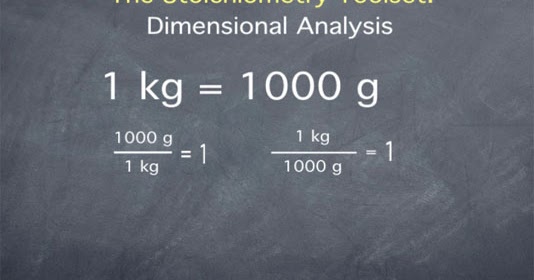Introduction
Dimensional analysis is a fundamental mathematical technique used in physics, engineering, and other sciences to analyze and simplify complex problems by examining the dimensions (units) of physical quantities. It helps in checking the consistency of equations, deriving relationships between variables, and even predicting the form of physical laws without detailed theoretical knowledge.
What is Dimensional Analysis?
Dimensional analysis is based on the principle that physical equations must be dimensionally consistent—meaning both sides of an equation must have the same units. By studying the dimensions of different quantities, we can:
-
Verify the correctness of equations.
-
Convert units from one system to another.
-
Derive relationships between physical quantities.
-
Simplify complex problems by reducing the number of variables.
Key Concepts in Dimensional Analysis
1. Fundamental and Derived Quantities
-
Fundamental quantities (e.g., length [L], mass [M], time [T]) are basic and independent.
-
Derived quantities (e.g., velocity [LT⁻¹], force [MLT⁻²]) are expressed in terms of fundamental quantities.
2. Principle of Homogeneity
For an equation to be physically valid, all terms must have the same dimensions. For example, in the equation for distance traveled under constant acceleration:
s=ut+12at2
-
s (distance) has dimension [L].
-
ut (velocity × time) has dimension [LT⁻¹ × T] = [L].
-
½ a t² (acceleration × time²) has dimension [LT⁻² × T²] = [L].
Since all terms have the same dimension [L], the equation is dimensionally consistent.
3. Buckingham π Theorem
This theorem states that if a physical problem involves n variables and k fundamental dimensions, it can be expressed in terms of (n – k) dimensionless groups (π terms). This is particularly useful in fluid dynamics, heat transfer, and other engineering applications.
Applications of Dimensional Analysis
1. Checking Equation Validity
Before solving a problem, dimensional analysis helps verify whether an equation makes sense. If dimensions don’t match, the equation is likely incorrect.
2. Unit Conversions
By comparing dimensions, we can convert units from one system (e.g., SI) to another (e.g., Imperial).
3. Deriving Physical Relationships
When the exact form of an equation is unknown, dimensional analysis can suggest possible relationships. For example, the period T of a simple pendulum might depend on:
-
Length (L) → [L]
-
Gravitational acceleration (g) → [LT⁻²]
Assuming T∝Lxgy, equating dimensions gives:
[T]=[L]x[LT−2]y
Solving, we find x=12,y=−12, leading to T∝Lg.
4. Scaling and Modeling (Similitude)
In engineering, scaled-down models (e.g., aircraft wings, dams) are tested. Dimensional analysis ensures that the model behaves similarly to the full-scale system.
Limitations of Dimensional Analysis
-
It cannot determine dimensionless constants (e.g., ½ in KE=12mv2).
-
It does not account for exponential or trigonometric relationships directly.
-
It requires prior knowledge of relevant variables.
Conclusion
Dimensional analysis is a powerful and versatile tool that simplifies complex problems, ensures consistency in equations, and aids in deriving physical relationships. While it has limitations, its applications in physics, engineering, and applied mathematics make it indispensable for problem-solving and theoretical modeling.
By mastering dimensional analysis, scientists and engineers can efficiently validate hypotheses, optimize experiments, and deepen their understanding of physical phenomena.
Visit our website:




